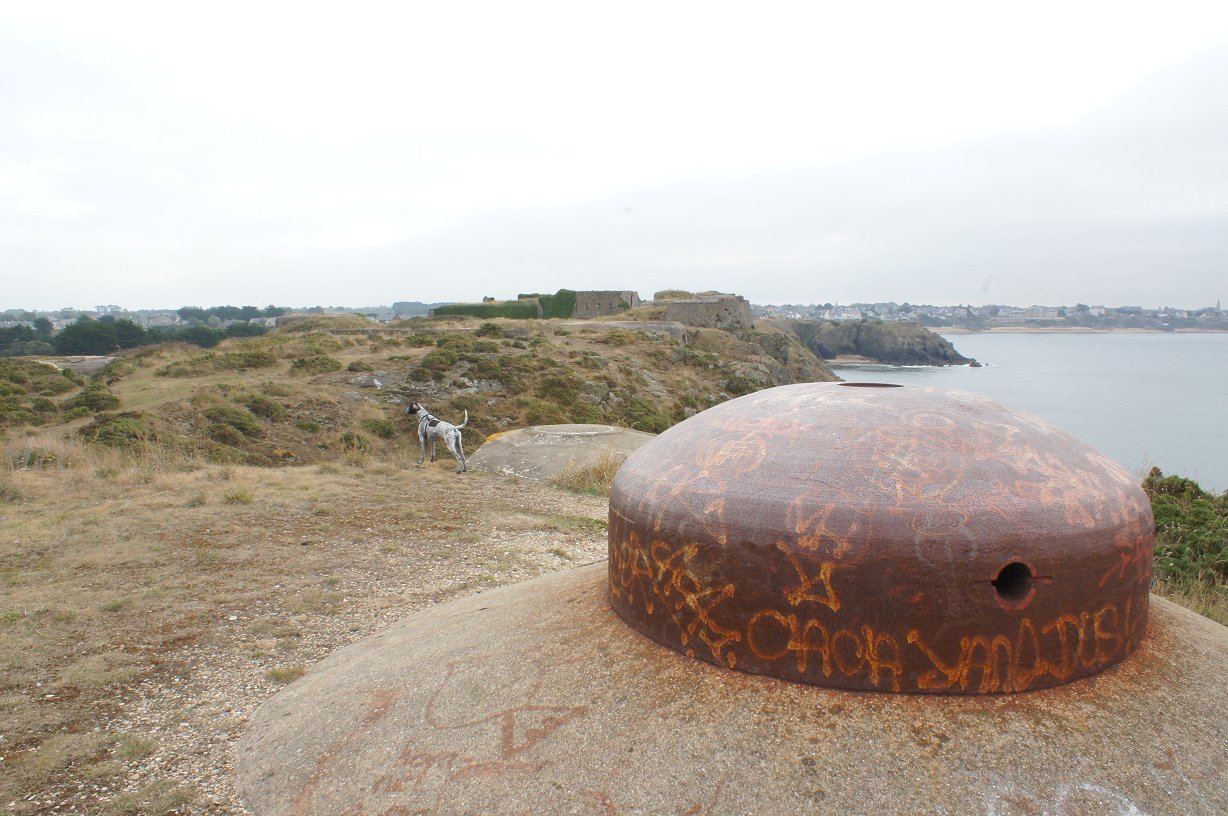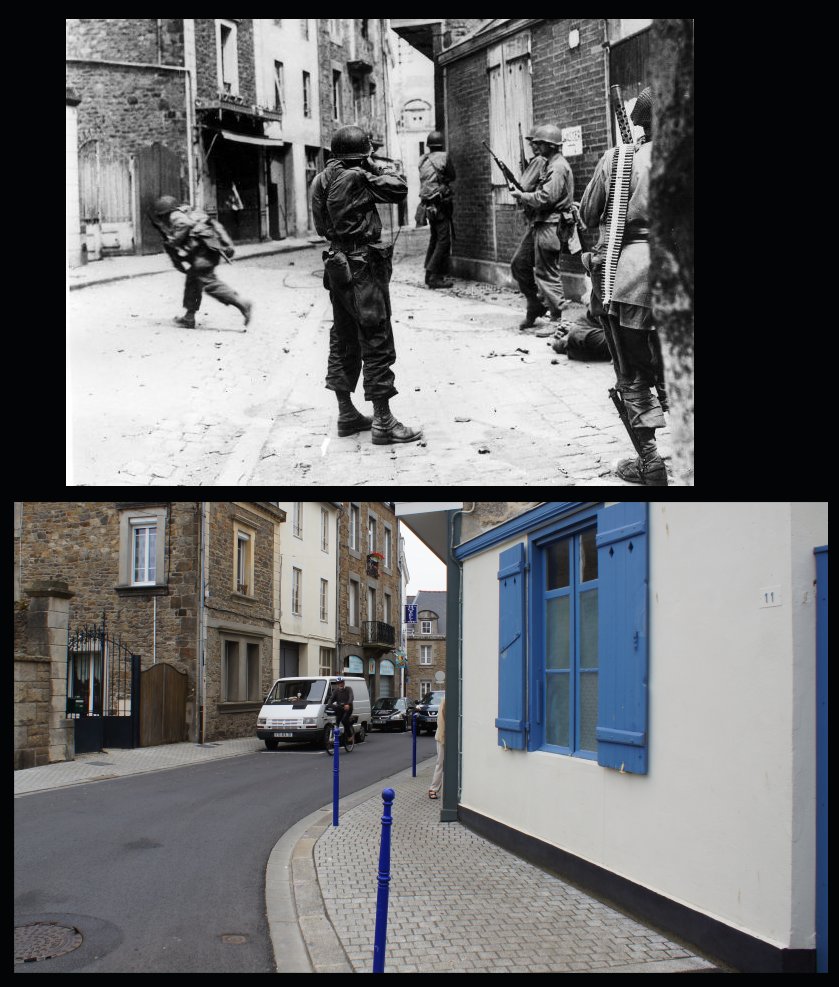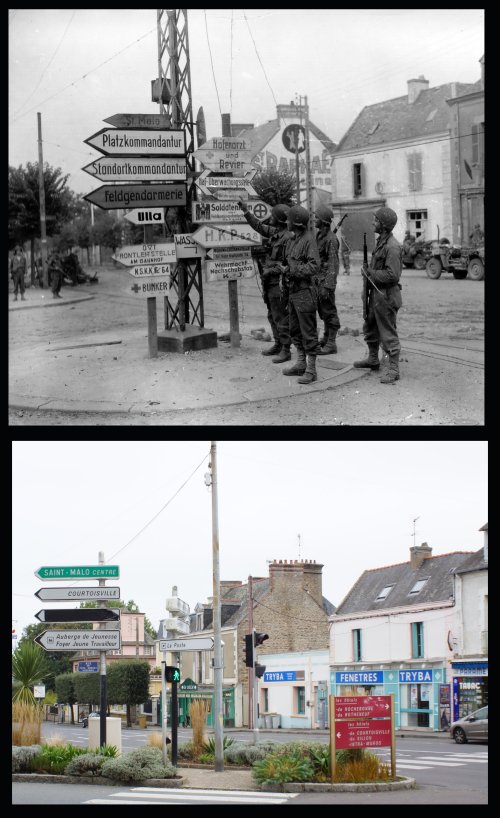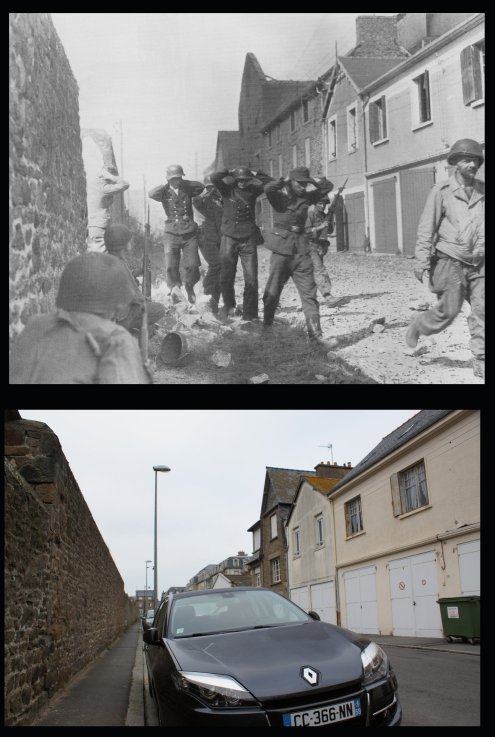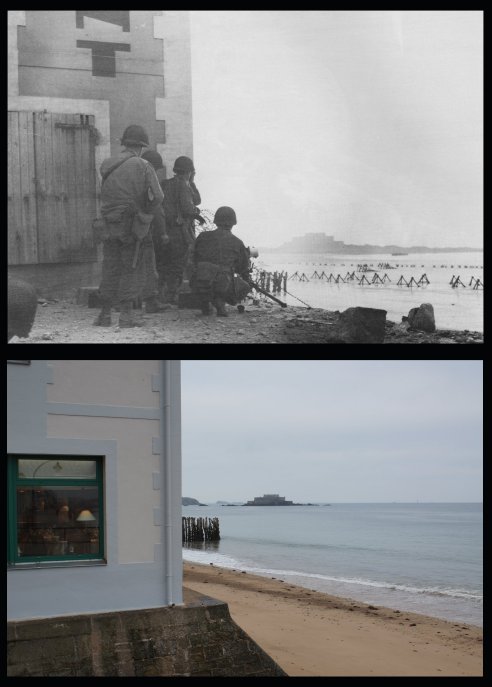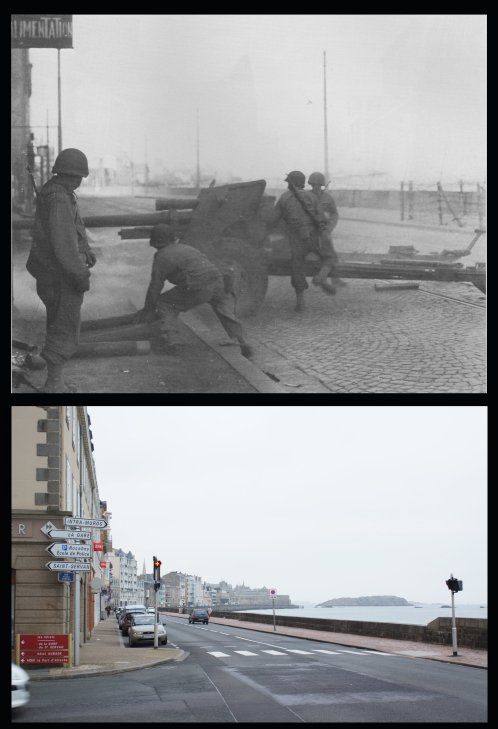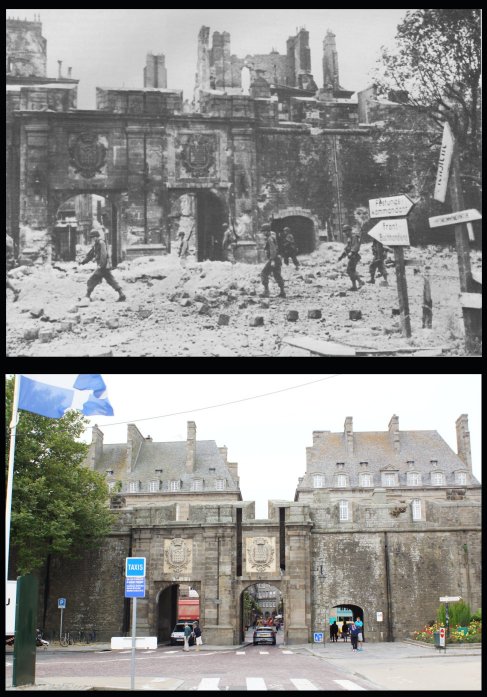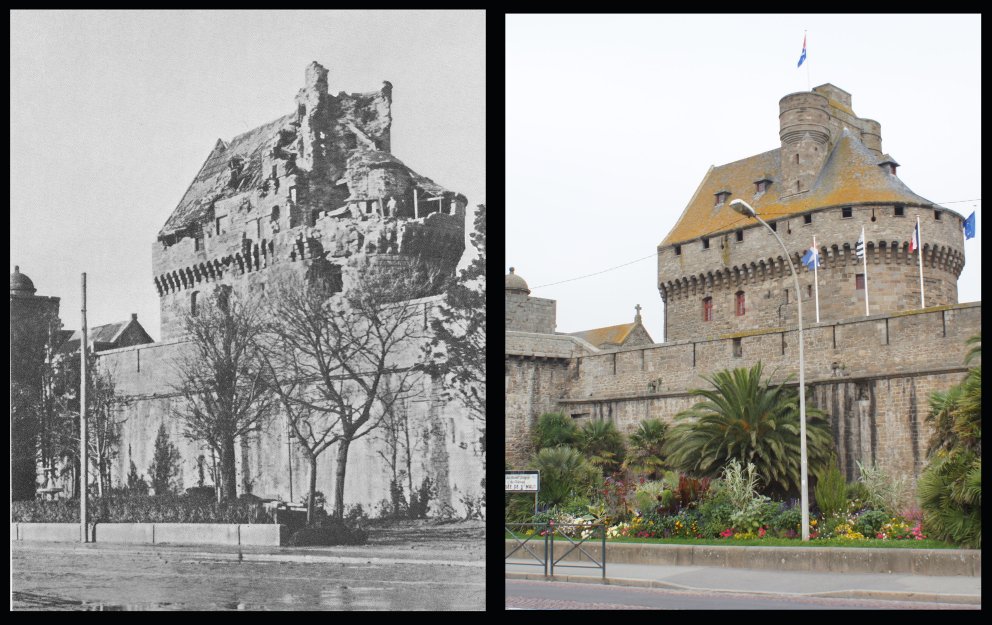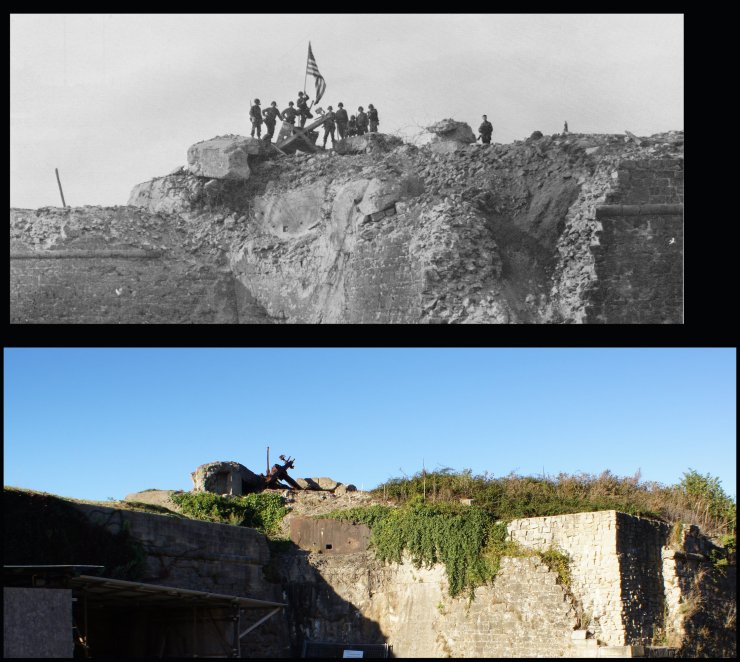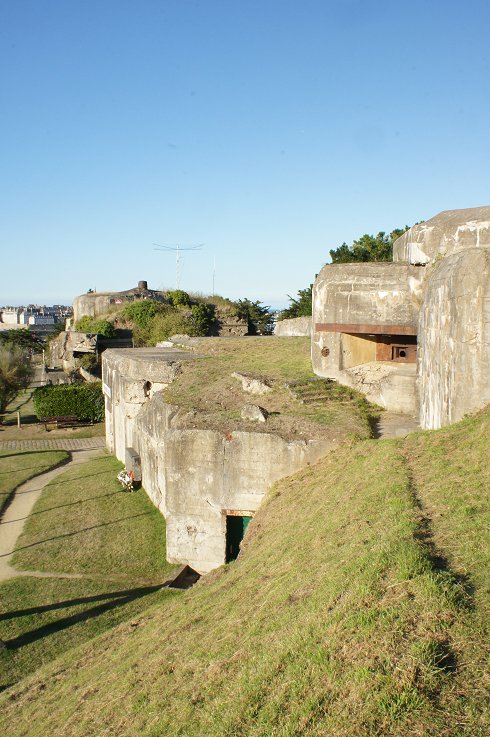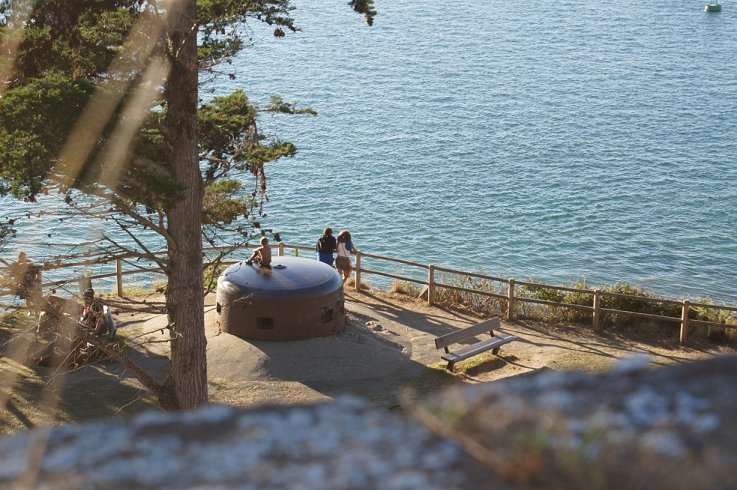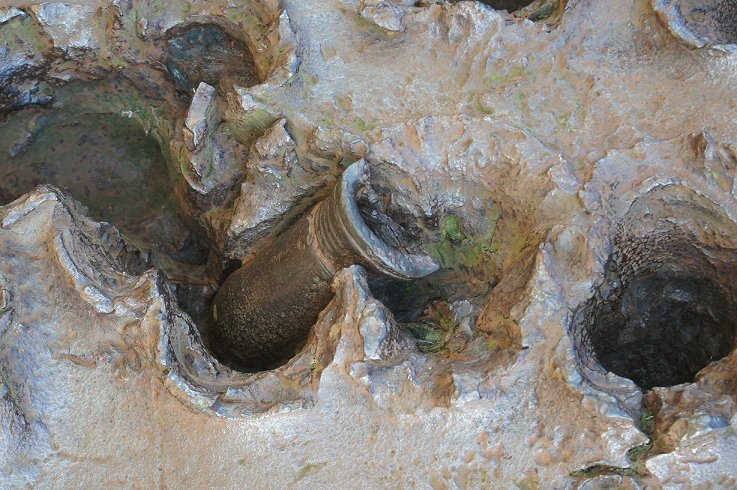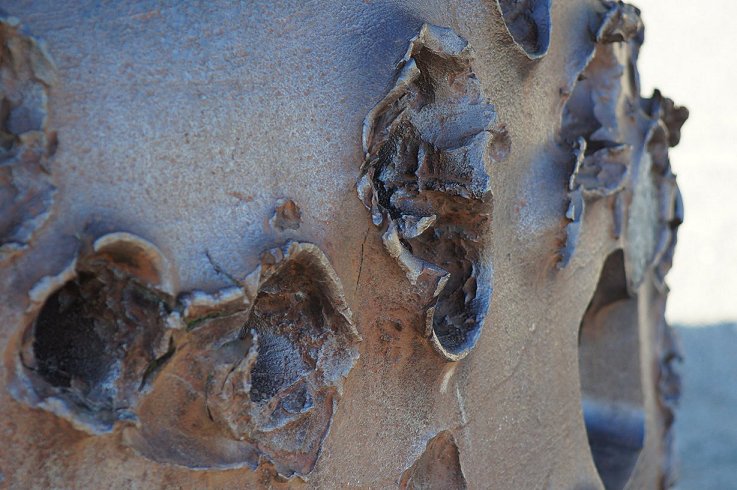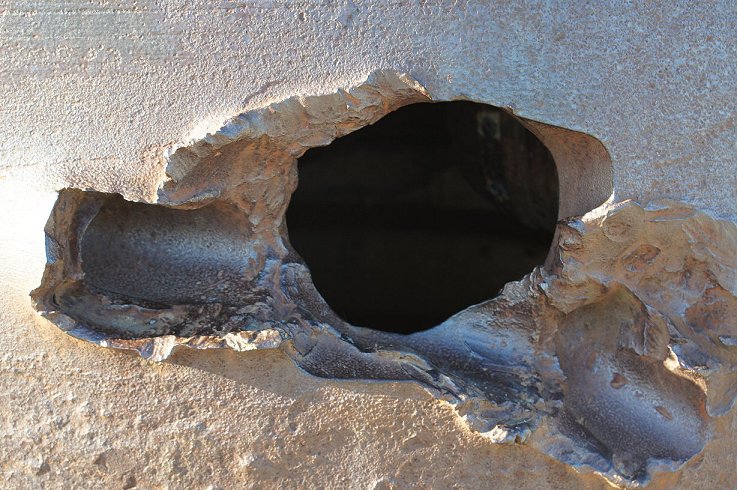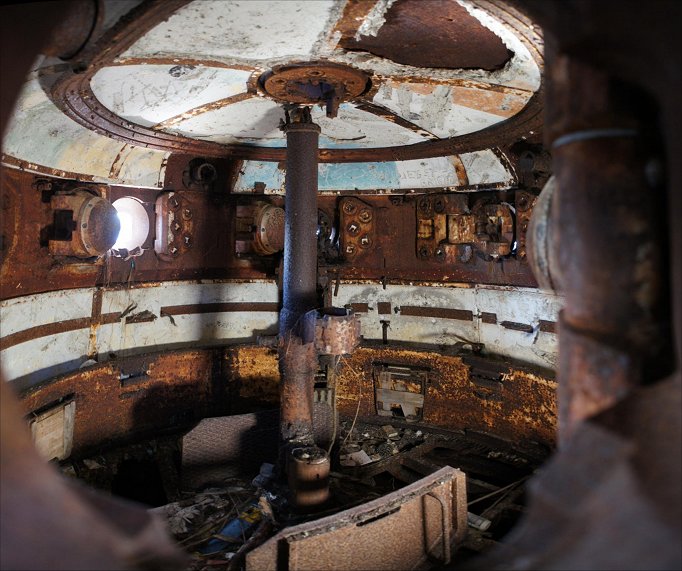With the Cobra breakout of July 25, 1944, the American army
reached
open country on July 31st. Patton sent the 6th Armored Division
west
to seize the large Breton port city of Brest. Leading the way,
Task Force A clashed with German
troops outside of St Malo and requested reinforcements. Patton
believed that the isolated port city would surrender without much of a
fight, so he only sent one regiment of the 83rd Division to reinforce
the men at St. Malo.
Pushing back a German outpost on August 4th, the Americans met
heavy
resistance at the outer German defenses. The commander of VIII
Corps,
Troy Middleton, ordered the rest of Gen Macon's 83rd Division to attack
the next day, August 5th. This attack by all three of the
division's infantry regiments pushed the Germans back to their main
line of defense, but it became clear that the reduction of St Malo would
not be easy, and the Germans evacuated the city's civilian population.
A battalion had crossed the Rance River that day in boats, but
they returned after meeting heavy resistance. Task Force
A left to continue its advance toward Brest, leaving the 83rd
Division to take St Malo, though to be defended by 3-6,000 Germans.
In actuality, there were around 10,000 German defenders.
On August 6th, the Americans attacked the main German defenses but were
repulsed. German artillery from Cezembre Island started a fire in
old town St Malo. The Americans had cut off the city's water
supply, so the fire spread, and the next day, the Germans began
demolishing the port facilities. The fight was clearly going to
be difficult, so Middleton reinforced the effort with the 121st
Infantry of the 8th Division, a battalion of corps artillery, and a
medium tank company. On August 7th, the 121st
crossed the Rance and began attacking toward Dinard to capture
the west bank of the river and to seal off any German escape.
|
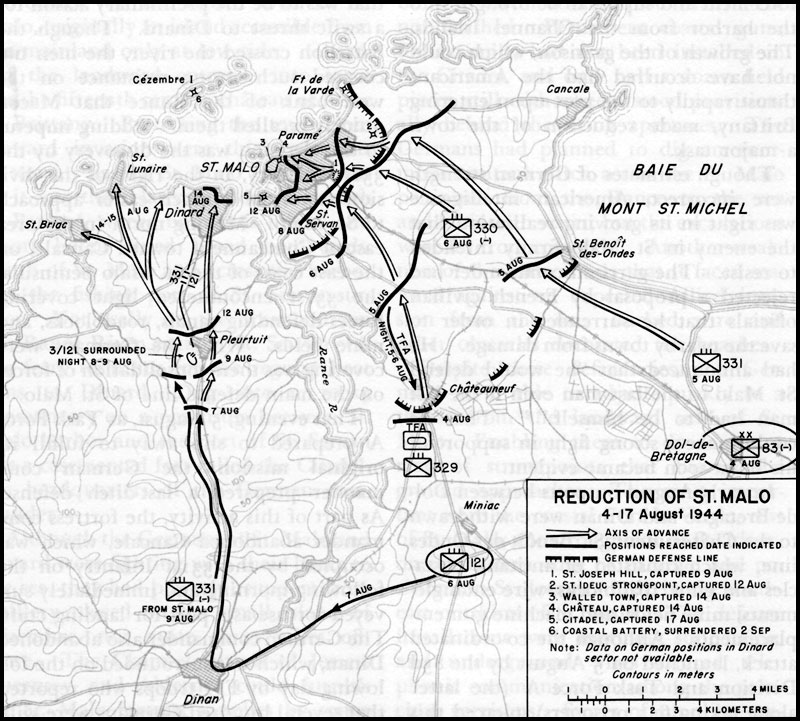 |



